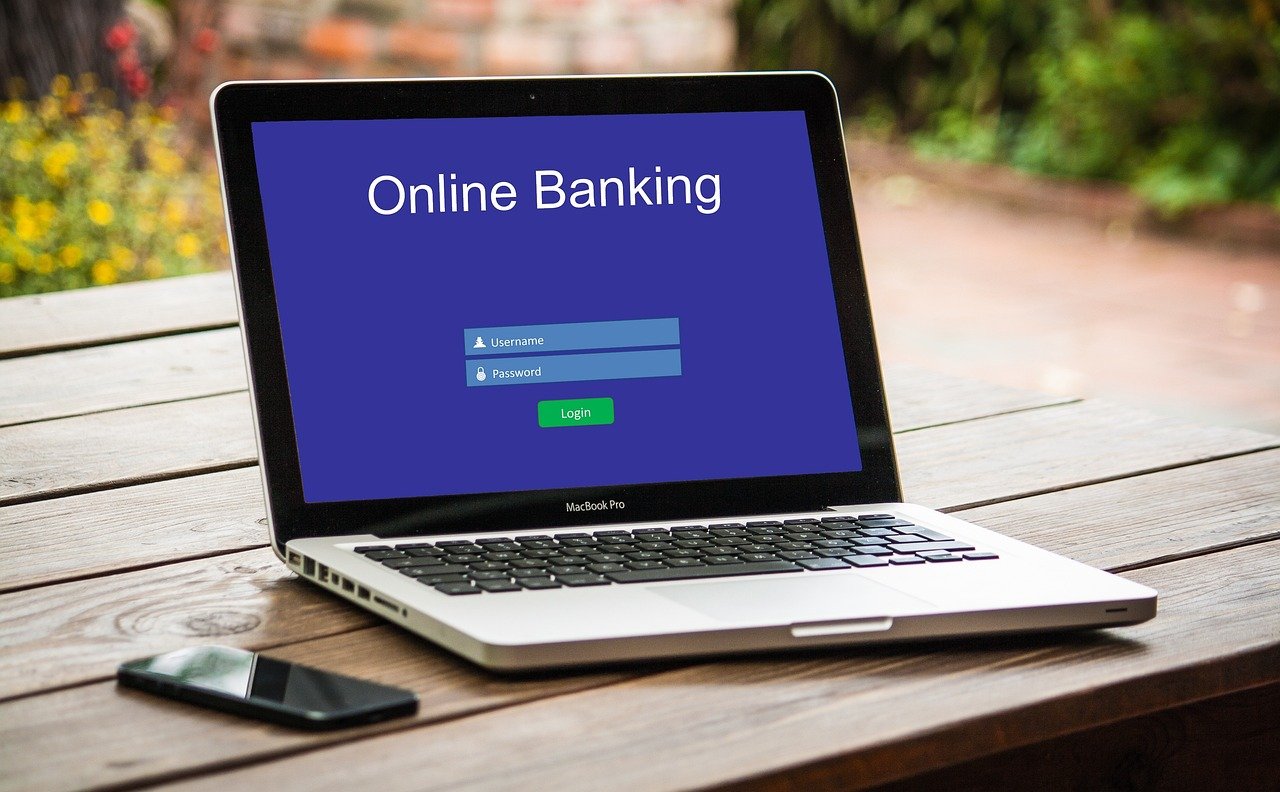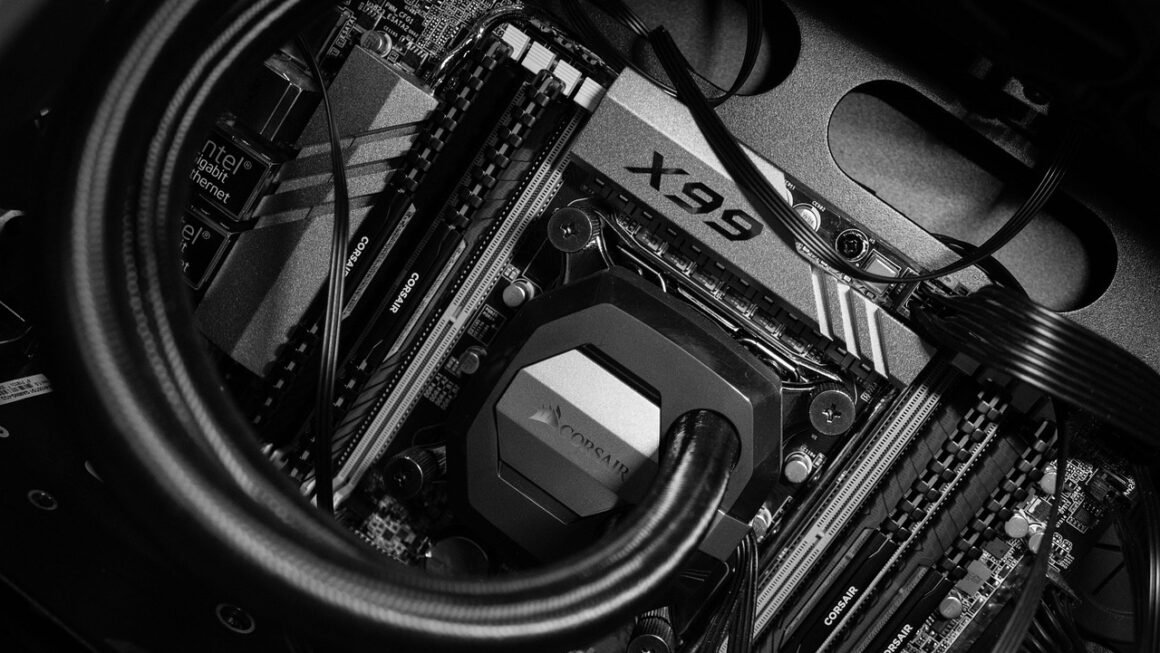Imagine a world where anyone could walk into any building, access any computer system, and view any piece of sensitive data. Chaos would reign, and security would be non-existent. Thankfully, we have access control – a crucial security mechanism that ensures only authorized individuals can access specific resources, keeping our data safe and our systems secure. This blog post delves into the intricacies of access control, providing a comprehensive overview of its types, benefits, and practical implementation.
What is Access Control?
Access control is the selective restriction of access to a place or other resource. It determines who is allowed to access what resources, and when. These resources can be physical (like buildings, rooms, or equipment) or digital (like computer systems, networks, data, or applications). Think of it as a bouncer at a club, carefully vetting who can enter and keeping out those who shouldn’t be there.
Core Components of Access Control
At its core, access control relies on three fundamental processes:
- Identification: Verifying the identity of the user or entity requesting access. This often involves providing credentials, such as a username and password, or biometric data.
- Authentication: Validating the presented credentials against a known set of valid credentials. This confirms that the user is who they claim to be.
- Authorization: Determining what specific resources the authenticated user is permitted to access and what actions they are allowed to perform.
Why is Access Control Important?
Access control is vital for organizations of all sizes because it:
- Protects Sensitive Data: Prevents unauthorized access to confidential information, such as financial records, customer data, and intellectual property. According to a 2023 report by IBM, the average cost of a data breach is $4.45 million. Robust access control can significantly mitigate the risk of such breaches.
- Enhances Security: Safeguards physical and digital assets from theft, damage, and misuse.
- Ensures Compliance: Helps organizations comply with regulatory requirements, such as HIPAA, GDPR, and PCI DSS, which mandate specific access control measures.
- Maintains Productivity: Prevents unauthorized individuals from disrupting critical systems and processes.
- Reduces Risk: Minimizes the likelihood of security incidents and their associated costs.
Types of Access Control
There are several different types of access control models, each with its own strengths and weaknesses. The choice of which model to implement depends on the specific security requirements of the organization.
Discretionary Access Control (DAC)
In DAC, the owner of a resource decides who can access it. This is a simple model, often used in personal computers and small networks.
- Example: On a personal computer, the owner of a file can grant read, write, or execute permissions to other users.
- Benefits: Easy to implement and manage for small-scale systems.
- Drawbacks: Vulnerable to Trojan horses and other malicious software if the owner is compromised.
Mandatory Access Control (MAC)
MAC enforces access control based on security labels assigned to both resources and users. The system, not the owner, determines access based on these labels. This is commonly used in high-security environments like government and military.
- Example: A document classified as “Top Secret” can only be accessed by users with the corresponding “Top Secret” clearance.
- Benefits: Highly secure and resistant to tampering.
- Drawbacks: Complex to implement and manage.
Role-Based Access Control (RBAC)
RBAC grants access based on a user’s role within an organization. Permissions are assigned to roles, and users are assigned to roles. This is a widely used model in enterprise environments.
- Example: Employees in the “Marketing” role might have access to marketing materials and customer databases, while employees in the “Engineering” role have access to source code and development tools.
- Benefits: Scalable, manageable, and aligns well with organizational structures. Simplifies administration as permissions are managed at the role level, not individual user level.
- Drawbacks: Requires careful planning and role definition to be effective.
Attribute-Based Access Control (ABAC)
ABAC uses attributes of the user, the resource, and the environment to make access control decisions. This is the most flexible and granular model.
- Example: Access to a document might be granted only if the user is located in the same country as the document’s server, and only during business hours.
- Benefits: Highly flexible and adaptable to complex security requirements.
- Drawbacks: Complex to implement and manage. Requires a robust policy engine.
Implementing Access Control
Implementing an effective access control system requires careful planning and execution.
Steps to Implement Access Control
Best Practices for Access Control
- Principle of Least Privilege: Grant users only the minimum level of access necessary to perform their job duties. This minimizes the potential impact of a security breach.
- Multi-Factor Authentication (MFA): Implement MFA for all critical systems and applications. MFA requires users to provide multiple forms of authentication, such as something they know (password), something they have (security token), and something they are (biometric data).
- Strong Passwords: Enforce strong password policies that require users to create complex passwords and change them regularly.
- Regular Security Audits: Conduct regular security audits to identify and address vulnerabilities in the access control system.
- Access Revocation: Promptly revoke access for terminated employees or users who no longer require access to specific resources.
Access Control Technologies
Various technologies support access control implementation.
Access Control Lists (ACLs)
ACLs are lists of permissions associated with a resource, specifying which users or groups have access and what level of access they have (e.g., read, write, execute).
- Example: A file ACL might grant “read” permission to the “marketing” group and “read/write” permission to the “managers” group.
Authentication Systems
Authentication systems verify the identity of users attempting to access resources.
- Examples: Password-based authentication, biometric authentication (fingerprint scanners, facial recognition), certificate-based authentication, and multi-factor authentication (MFA).
Authorization Systems
Authorization systems determine what resources an authenticated user is allowed to access.
- Examples: RBAC systems, ABAC policy engines.
Privileged Access Management (PAM)
PAM solutions manage and control access to privileged accounts, such as administrator accounts, which have extensive access rights. PAM helps prevent unauthorized access and misuse of privileged accounts.
- Example: A PAM system might require administrators to check out privileged credentials before they can access a critical server. It could also record all actions performed by privileged users for auditing purposes.
Challenges in Access Control
Despite its importance, implementing and maintaining an effective access control system can be challenging.
Scalability
As organizations grow, managing access control for a large number of users and resources can become complex.
Complexity
Implementing advanced access control models, such as ABAC, can be technically challenging.
User Adoption
Users may resist access control measures that they perceive as inconvenient or restrictive.
Insider Threats
Access control cannot completely prevent insider threats, such as malicious employees who abuse their authorized access.
Cloud Security
Securing access to resources in the cloud requires careful configuration of cloud provider access control features.
Conclusion
Access control is a fundamental security mechanism that protects sensitive data and systems from unauthorized access. By understanding the different types of access control models, implementing appropriate technologies, and adhering to best practices, organizations can significantly improve their security posture and reduce the risk of security incidents. Remember to regularly review and update your access control policies to adapt to the evolving threat landscape and the changing needs of your organization. Robust access control is not just a technical implementation, but a crucial component of a comprehensive security strategy.



